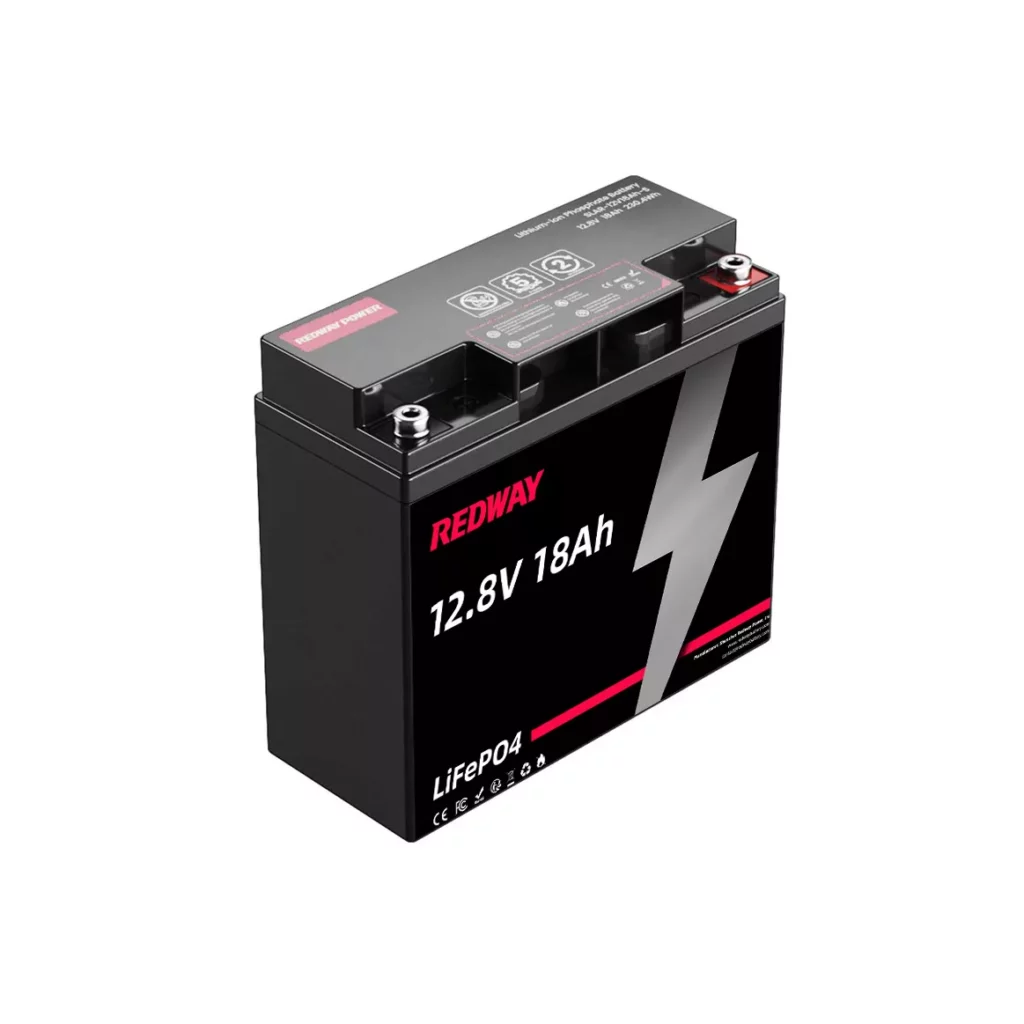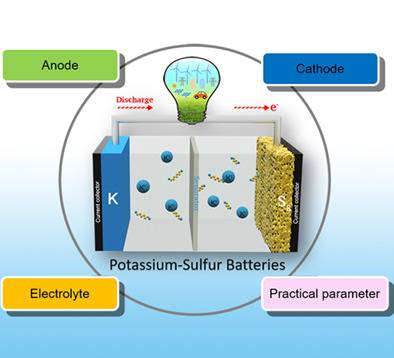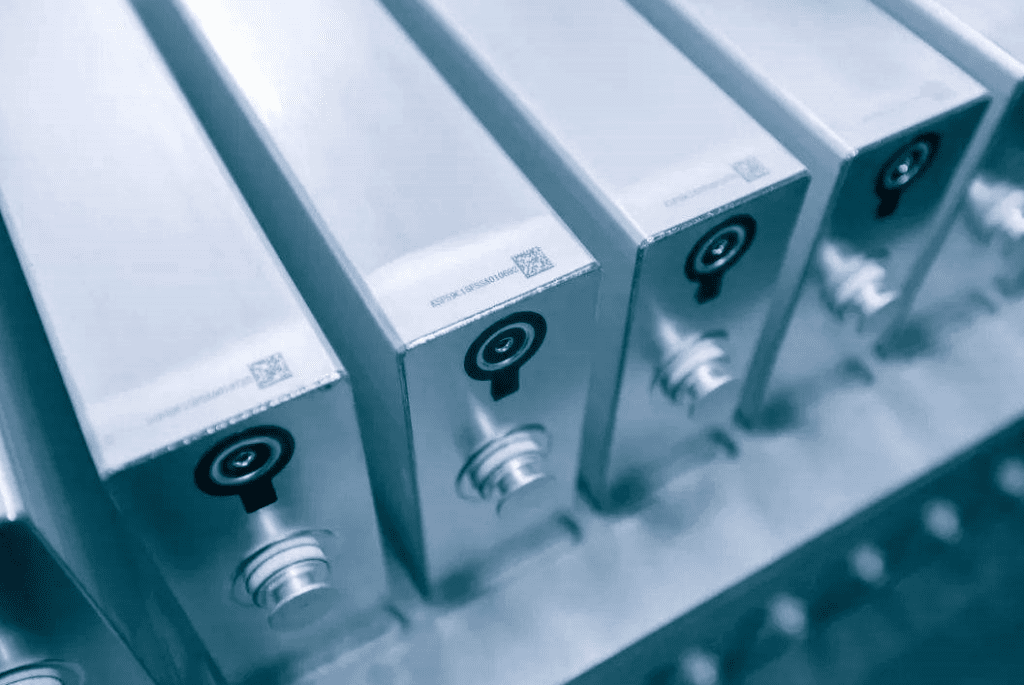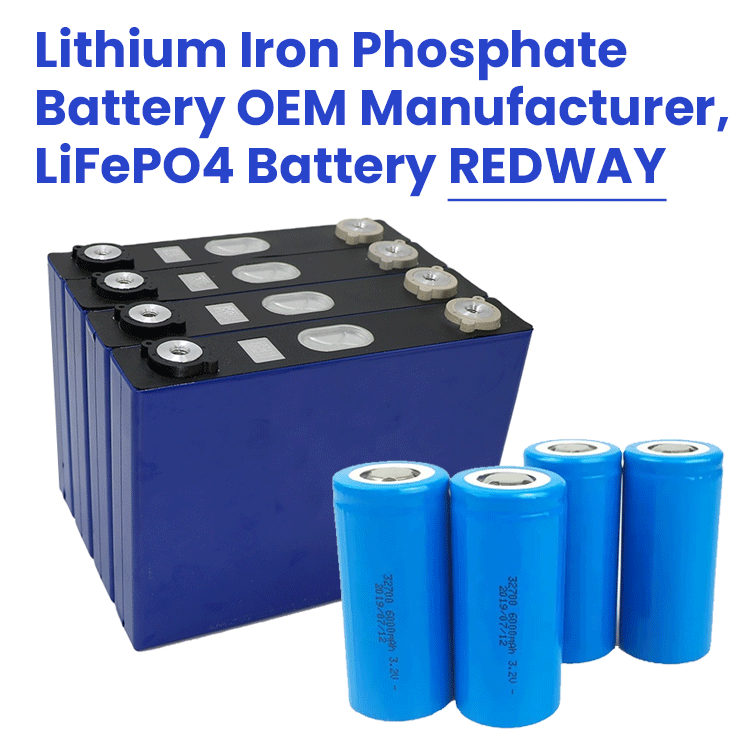At present, there are mainly two types of lithium batteries on the market: liquid lithium batteries and solid-state lithium batteries. The main difference between solid-state lithium batteries and liquid lithium batteries lies in their electrolytes.

#post_seo_title
Comparison between Solid state and liquid Lithium battery
| Properties | Solid state Lithium batterystrong> | Liquid Lithium battery |
| Electrolytes | solid-state lithium batteries utilize solid electrolyte. | Liquid lithium batteries use liquid electrolytes |
| Energy density and Charging | solid-state electrolytes can achieve higher energy density and faster charging rates | Lower energy density and slow charging as compare to Solid state |
| Ionic conductivity | Lower ionic conductivity | Higher ionic conductivity |
| Cost | Expensive | Cost effective |
| Safety | Solid-state electrolytes have a higher dielectric constant, lower ionic conductivity, but they offer higher chemical and thermal stability, thus improving battery safety | liquid electrolytes are prone to leakage, ignition, and explosions, making them less safe.
|
| Power | Lower Battery power | Higher battery power |
Solid-State Lithium Batteries
1. Differences:
- Electrolyte: Solid-state lithium batteries use a solid electrolyte instead of a liquid electrolyte. This solid electrolyte can be made of materials like ceramic or polymer.
- Safety: Solid-state batteries are considered safer because they are less prone to thermal runaway and have a reduced risk of leakage or combustion.
- Energy Density: Solid-state batteries typically have the potential for higher energy density, which means they can store more energy in the same amount of space.
2. Pros:
- Safety: They are less likely to overheat, catch fire, or leak, making them safer for consumer electronics and electric vehicles.
- Longevity: Solid-state batteries tend to have a longer cycle life, meaning they can endure more charge and discharge cycles before degrading.
- High Energy Density: They can potentially offer higher energy density, which is crucial for longer-lasting and more powerful batteries.
3. Cons:
- Cost: Solid-state batteries are currently more expensive to manufacture compared to liquid lithium batteries due to the complexities of solid electrolyte production.
- Performance: Some solid-state batteries may have lower ion conductivity, which can affect their performance in terms of charge and discharge rates.
- Manufacturability: Scaling up production of solid-state batteries is challenging, and it may take some time before they become widely available.
Liquid Lithium Batteries
1. Differences:
- Electrolyte: Liquid lithium batteries use a liquid electrolyte, typically a lithium salt dissolved in a solvent, such as lithium-ion or lithium-polymer batteries.
- Safety: Liquid lithium batteries can be more prone to thermal issues, leakage, and safety concerns, such as the risk of thermal runaway.
2. Pros:
- Cost: Liquid lithium batteries are currently more cost-effective to manufacture, making them widely used in consumer electronics and other applications.
- Performance: They often have higher ion conductivity, which allows for rapid charging and discharging.
- Established Technology: Liquid lithium batteries are a mature and established technology with a proven track record.
3. Cons:
- Safety: Liquid electrolytes are more susceptible to safety issues, including thermal runaway, which can lead to fires or explosions in extreme cases.
- Cycle Life: Liquid lithium batteries may have a shorter cycle life compared to solid-state batteries, meaning they may need replacement more frequently.
- Volume and Weight: They tend to be bulkier and heavier due to the liquid electrolyte, which can limit design options in some applications.
Conclusion
Solid-state lithium batteries offer higher safety and faster charging speeds, but they still face technical challenges such as interface impedance that need to be addressed. Liquid lithium batteries, despite their lower safety levels, are more mature in terms of cost and performance and are continuously being improved and optimized.










